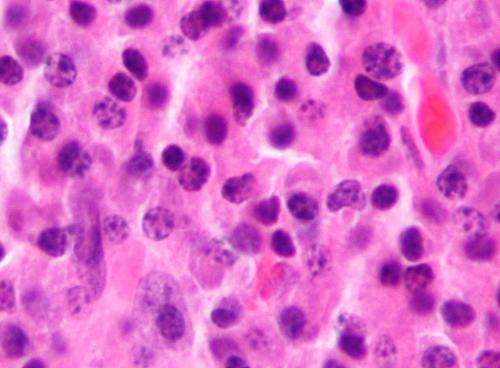Microglia Replacement Shows Promise in Halting Rare Brain Disease in Mice and Humans

New research demonstrates that replacing defective microglia can halt the progression of the fatal brain disorder ALSP in mice and humans, offering hope for future therapies.
Adult-onset leukoencephalopathy with axonal spheroids and pigmented glia (ALSP) is a devastating neurological disorder that typically begins around age 43 and leads to rapid decline, with affected individuals often passing away within three to five years after symptoms appear. Caused by mutations in microglial cells—the central nervous system’s immune cells—ALSP currently has no cure and treatment options are extremely limited.
Recent research has shed light on a promising therapeutic approach involving the replacement of defective microglia. Microglia depend on a specific kinase called colony-stimulating factor 1 receptor (CSF1R), which is exclusive to microglia and other myeloid cells. Mutations in the CSF1R gene impair microglial function, leading to the progression of ALSP. Recognizing this, scientists at Fudan University in Shanghai developed innovative strategies, termed "microglia intervention strategy for therapy and enhancement by replacement" (MISTER), to replace diseased microglia with healthy ones.
Using a technique called microglia replacement by bone marrow transplantation (Mr BMT), researchers successfully swapped mutant CSF1R-expressing microglia with wild-type microglia in both mouse models and human patients. In mouse models that replicate human ALSP, the replacement was highly effective: over 91% of microglia were replaced, with significant improvements observed in brain pathology, motor function, and cognitive performance.
Building on these promising results, a clinical trial involving eight ALSP patients was conducted. Participants underwent bone marrow transplantation to replace their defective microglia. Magnetic resonance imaging (MRI) scans revealed that untreated patients experienced severe brain atrophy within a year, whereas those who received the treatment showed no disease progression over at least 24 months. Additionally, their motor and cognitive functions remained stable during this period.
Professor Bo Peng, who led the study, emphasized the significance of these findings: "Our work demonstrates that microglia replacement can halt disease progression effectively in both animal models and in human patients. This approach offers the first potential treatment for ALSP and could extend to other neurological diseases involving microglial dysfunction."
Since ALSP is highly rare and difficult to study, creating accurate animal models was a critical step. Researchers developed models based on common human mutations, which exhibited key symptoms such as myelin damage, axonal swelling, and motor and cognitive impairments. Replacing mutant microglia with healthy ones not only halted disease progression in mice but also restored brain structure and function.
Looking ahead, scientists aim to refine this therapy and explore its application to other neurological conditions linked to microglial alterations. The success of this approach marks a significant advancement in neurodegenerative disease research, opening pathways for cell replacement therapies that could transform patient outcomes in the future.
Stay Updated with Mia's Feed
Get the latest health & wellness insights delivered straight to your inbox.
Related Articles
Mitochondria Detect Bacterial Metabolites to Activate Immune Defense and Trap Pathogens
Recent research uncovers how mitochondria within immune cells detect bacterial lactate to trigger the formation of NETs, enhancing our understanding of immune defenses and potential treatments for infections and autoimmune diseases.
Understanding Pink Soap Scum in Your Bathroom: Causes and Health Risks
Pink or orange stains in your bathroom are often caused by mold or bacteria like Rhodotorula and Serratia marcescens. Learn about their health risks and ways to prevent their growth for a cleaner, safer bathroom.
New Insights into How Fruit Fly Brain Creates Spatial Maps Supporting Navigation
Discover how recent research uncovers the neural mechanisms in fruit flies that create spatial maps, providing new understanding of navigation and spatial learning through neural plasticity.
Nearly Doubling of Survival Rates in Myeloma Patients Since 2005
New research shows that survival rates for myeloma patients in the UK have nearly doubled since 2005, driven by new treatments and clinical trial participation, offering hope for improved outcomes in blood cancer care.



